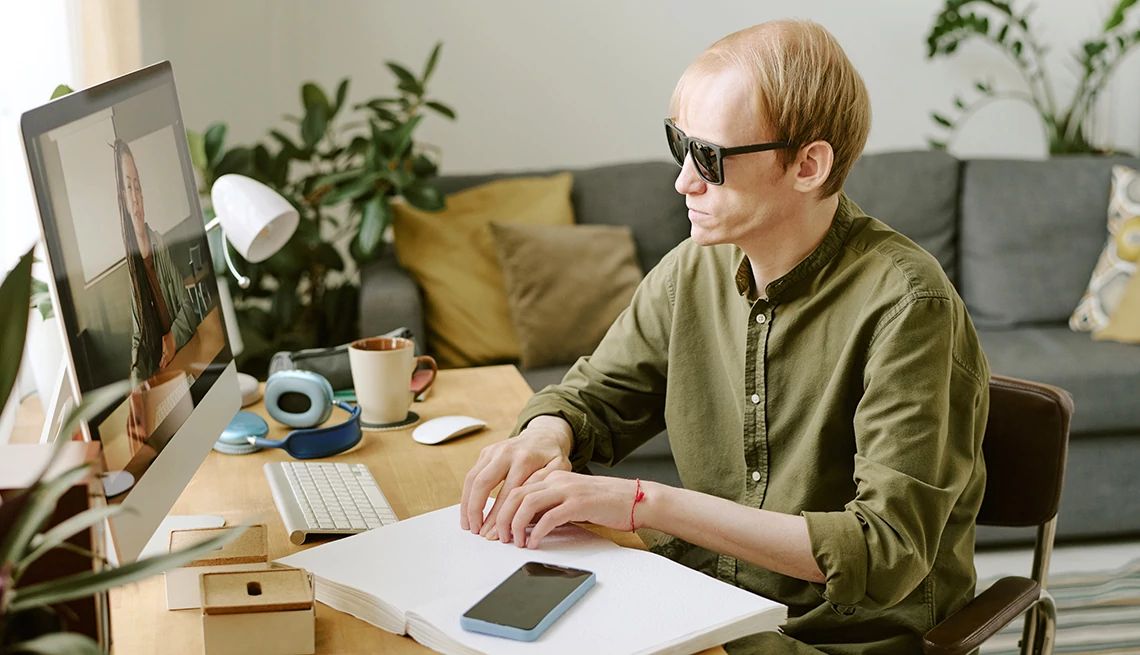AARP Hearing Center


Before 2020, people turned down for Social Security disability benefits basically had one option to have their cases heard on appeal: going to a Social Security Administration (SSA) facility to appear before an administrative law judge.
When COVID-19 struck and SSA offices nationwide shut down, the agency had to pivot to remote hearings — initially by phone, and later with an option for online teleconferencing. Now, the SSA is making that pandemic workaround a permanent part of its procedures, establishing remote hearings as a standard option for disability claimants.
The new policy primarily affects people challenging an initial rejection of Social Security Disability Insurance (SSDI) or Supplemental Security Income (SSI), the two types of disability benefits administered by Social Security.
The SSA says the new rule gives claimants more flexibility in determining how their appeals are heard and could reduce the time it takes to get a decision. The national average wait time for a hearing decision was more than 11 months in the 2024 federal fiscal year, which ended Sept. 30, and it took considerably longer at some hearing office locations.
Darren Lutz, an SSA spokesperson, says remote hearings help the agency balance the workload more efficiently “because we can more easily transfer cases from one hearing office to another. This flexibility will help reduce wait and processing times, thereby providing more timely hearings for all claimants.”
Professional advocates who represent SSDI and SSI applicants have generally welcomed the expanded options, says David Camp, CEO of the National Organization of Social Security Claimants’ Representatives, but some say Social Security could have gone further to accommodate vulnerable applicants, such as those who are unhoused.
“It will give claimants flexibility, but it’s a qualified 'yes,'” says Eduardo Blount, a senior staff attorney with Bay Area Legal Aid, which serves clients in the San Francisco region, many of them veterans, working poor or people with scant financial resources or limited English proficiency.
4 options now standard
Under the old rules, disability hearings typically took place at one of the SSA’s 162 hearing offices nationwide. In limited circumstances, you could request a hearing by phone. The only video option was a teleconference in which you went to an SSA office and used the agency’s equipment.
































































More From AARP
AARP Talks to Social Security Chief Martin O’Malley
New Commissioner Outlines Customer Service StrategySocial Security Disability Claimants Face Record Waits
Customer-service crisis leaves applicants in limboSocial Security Adopts New Income Rules for SSI Benefits
‘In-kind support’ change could boost payments, cut paperwork for older adults and people with disabilities
Recommended for You